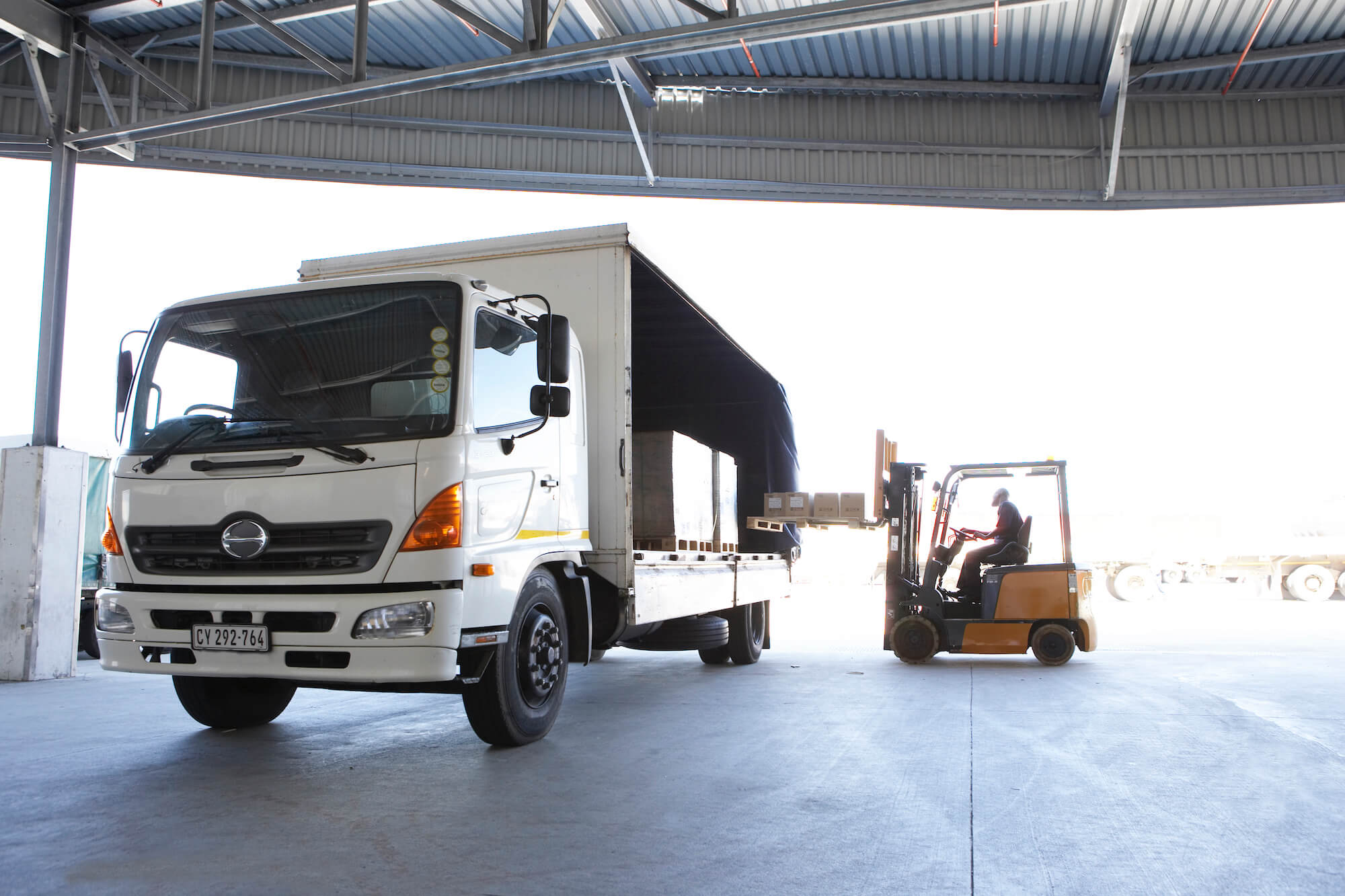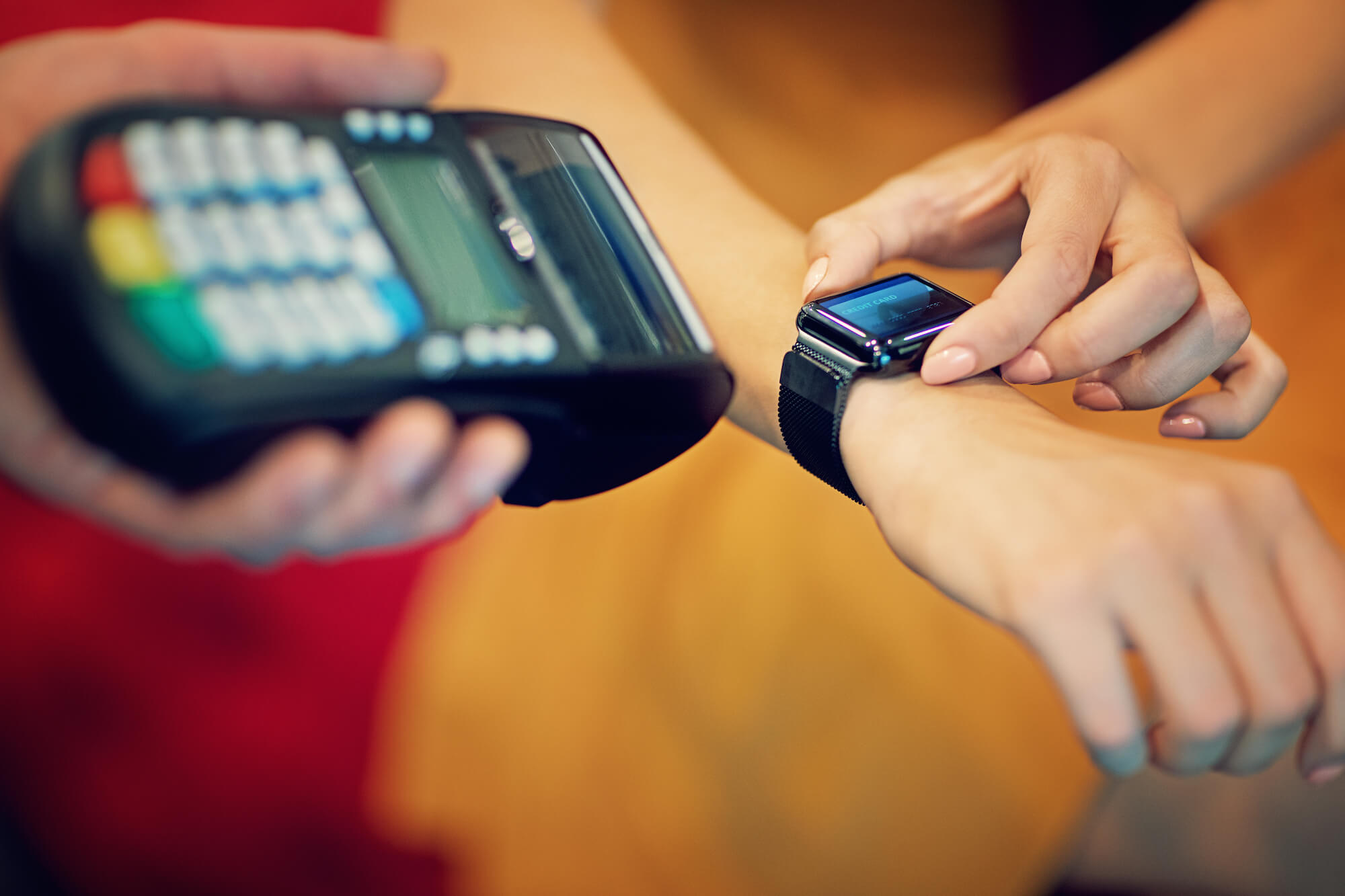Internet of Things: What Business Leaders Need to Know
Often with new technologies, the idea and application pre-date the name. In 1982, students at Carnegie Mellon University put sensors in one of the campus's Coca-Cola machine. Why? Because they were tired of making long late-night walks only to find that the machine was empty. Their ingenious solution enabled them to go online to check not only whether drinks were available, but to make sure the drinks were properly cold.
Today, this is counted as a very early example of the Internet of Things (IoT), though the term itself was only coined more than 15 years later.
What IoT is and isn't
IoT is a network of devices or 'things' that you generally would not expect to be connected to the internet. Therefore, a laptop, mobile phone or tablet would not be IoT. On the other hand, a smartwatch, sensor-fitted alarm system, or connected medication dispenser would fit the criteria perfectly.
IoT devices gather data and share it with other connected devices. For example, unlocking a door to a meeting room may activate the air conditioning, or sensors in a warehouse may alert your planning software that inventory is running low. In times where data is so valuable, it has been referred to as the new oil, IoT offers businesses with simple, cost-effective ways to collect unprecedented amounts of data in real-time, allowing you to improve efficiency, productivity, customer experience, and more.
IoT for business
IoT for business, sometimes referred to as 'IIoT' (industrial internet of things), is most commonly applied to optimise existing processes using sensors, big data and analytics [link to big data article]. An increasingly common example is the use of sensors to support predictive machine maintenance. Here, a continuous flow of information about machines in operation helps you schedule the best time to service them, thereby vastly reducing downtime and the number of breakdowns.
An example at the smaller end of the scale would be a printer smart enough not only to know when its ink is running low but also able to order new cartridges on its own. Then there are wide adopters such as Starbucks. The coffee company uses sensors to ensure that their more than 100,000 machines spread out over 30,000 stores worldwide are always in good working order. Aside from maintenance, Starbucks uses IoT to send new recipes directly to its machines, guaranteeing each customer a perfect cup of coffee every time.
Likewise, Malaysian facilities management company See Hoy Chan uses sensors to optimise visibility over its parks and landscaped areas. Unlike manual inspections which are slower and only take place periodically, IoT sensors continuously monitor moisture content to ensure soil is always properly irrigated.
In terms of both application and innovation, our country holds its own. This year Malaysian students won an international IoT competition with a waterway monitoring device designed to prevent disasters like the chemical waste leak in Johor that poisoned over 2000 people in 2018.

IoT solutions are enabling companies to track and optimise their fleets to lower costs and maximise efficiency.
Revolutionising the supply chain
For many companies, IoT is streamlining the entire supply chain as IoT devices measure, track and reorder inventory and keep machines running. IoT is used heavily in logistics, measuring loads against optimal weight and capacity to assist you in planning more productive trips. While self-driving trucks are still a few years from becoming a reality, IoT is likely to be used earlier to improve safety by detecting when drivers become drowsy or distracted.
However, many companies are finding that even small implementations can have a big impact on cost savings. Local wholesale food producer and restaurant operator, Jin Man, installed IoT devices on its delivery vehicles to gain better visibility into routes and petrol consumption. This single improvement is already set to save the company thousands of ringgit per year in toll and petrol costs, savings that will only increase as the company expands its operations nationwide.
Security concerns
The proliferation of cheap IoT devices and apps have encouraged some businesses to turn IoT into DIY initiatives. However, as with any rapidly evolving technology, issues arise and still need to be addressed. IoT has been identified as a cybersecurity risk – while businesses will invest heavily in safeguarding company laptops and mobile devices, they tend to ignore doors to their network opened by security cameras, smoke detectors, and even printers.
While manufacturers and businesses address these safety concerns, a simple precaution anyone can take is to partner with a provider who facilitates a real-time overview of all your IoT assets.
No sign of slowing down
The desire for the innovation and convenience far outweighs concern over risks as IoT has become more prevalent and is growing more rapidly than anyone could have imagined. In 2017, analyst Gartner predicted that by 2020, we would reach just over 20 billion IoT units. More recently, it has revised its prediction to 26 billion units, while others believe that number will be closer to 100 billion. Other estimates fall anywhere in between.
IIoT is a significant contributor to these numbers. Market research company, Forrester, predicted that businesses would lead the surge in IoT adoption in 2019, with 85% of companies implementing or planning IoT deployments. The worldwide projected US$745 billion (RM3.1 trillion) that businesses were projected to spend in 2019 would soar to US$1 trillion (RM4.1 trillion) by 2020.
Part of the beauty of IoT is that it is perfectly fine to start small. Jit Man achieved its visibility and resulting cost savings by connecting a simple plug-and-play device into its vehicles. Smart speakers such as Amazon Echo (coupled with Alexa for Business) have given new meaning to the term 'hands-free' as you can requests sales numbers, meetings, and more with simple voice commands.
Regardless of whether you want to start small or examine the full range of possibilities open to you, the low-cost, easy installation and availability of technology partners set the stage for reaping IoT benefits almost as soon as it becomes part of your business plan.






